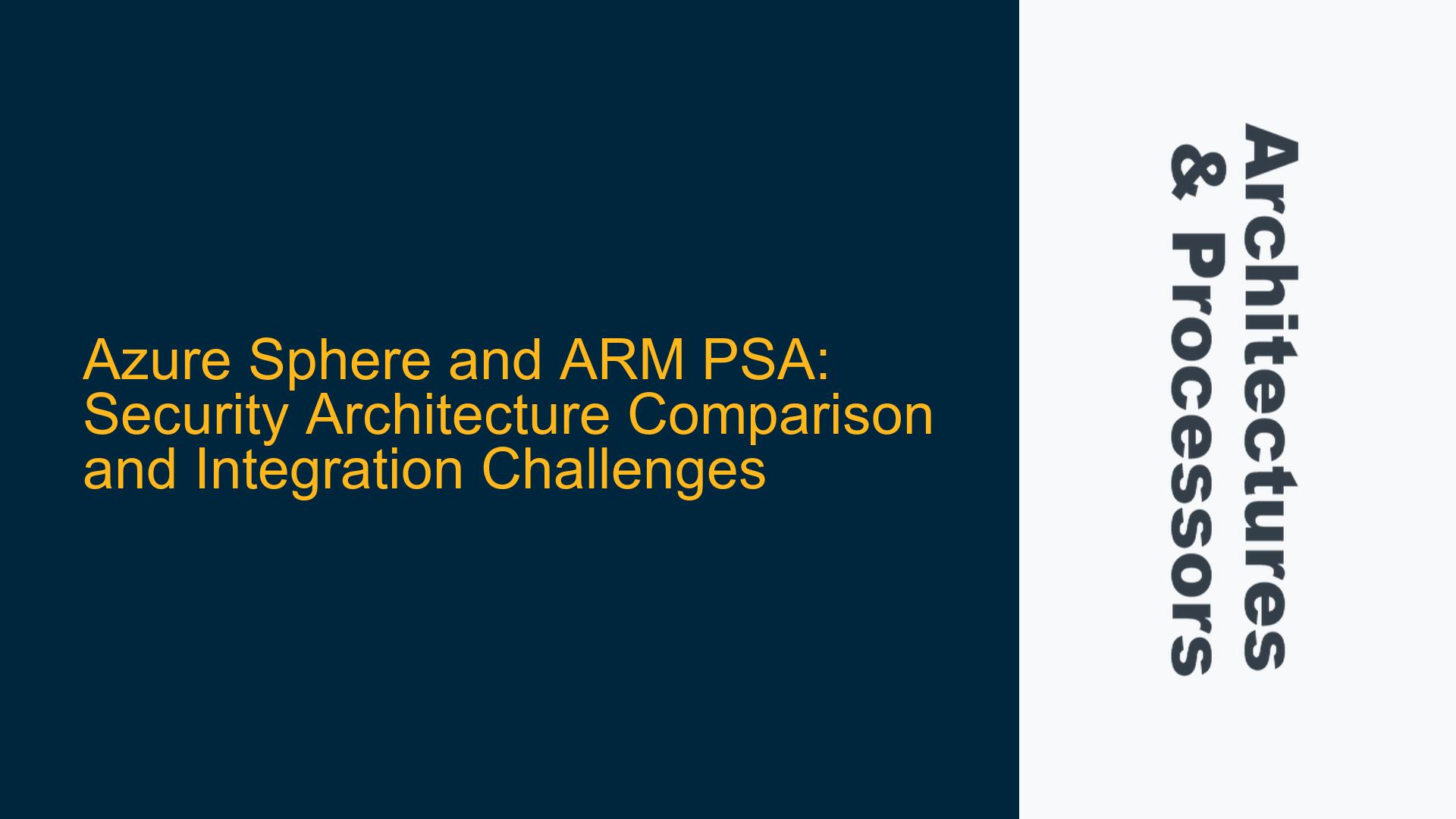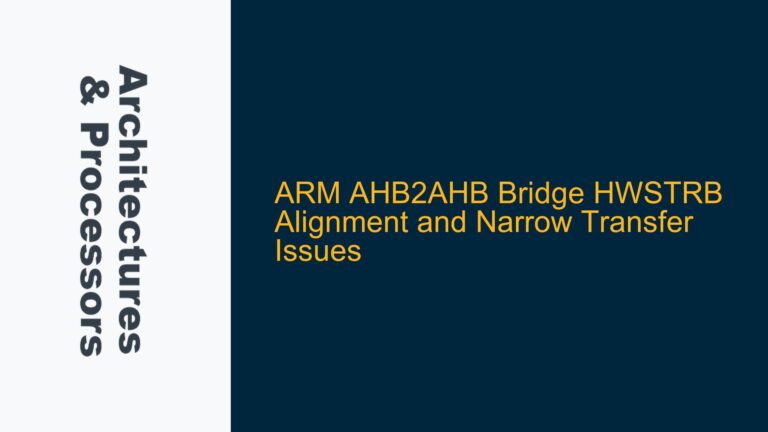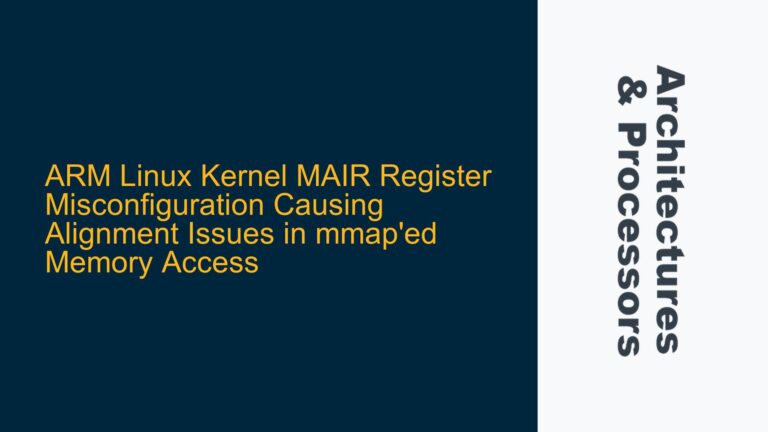Azure Sphere and ARM PSA: Understanding Their Security Architectures
Azure Sphere and ARM’s Platform Security Architecture (PSA) are two prominent security frameworks designed to enhance the security of embedded systems. Azure Sphere, developed by Microsoft, is a comprehensive solution that includes hardware, software, and cloud components to secure IoT devices. It incorporates the Pluton security subsystem, which is integrated into the MediaTek SoC used in Azure Sphere devices. ARM’s PSA, on the other hand, is a framework that provides a set of security guidelines and certifications for ARM-based devices. PSA aims to standardize security practices across different ARM cores and ensure that devices meet specific security requirements.
The core of Azure Sphere’s security lies in its Pluton subsystem, which provides hardware-based root of trust, secure boot, and runtime protection. Pluton is designed to protect against both software and physical attacks, making it a robust solution for IoT security. ARM’s PSA, however, is more of a framework that defines security levels (Level 1, 2, and 3) based on the threat model a device needs to address. PSA Level 1 and 2 focus on software attacks, while Level 3 includes protections against physical attacks as well.
The key difference between Azure Sphere and ARM PSA lies in their implementation and scope. Azure Sphere is a complete, end-to-end solution that includes hardware, software, and cloud integration, whereas ARM PSA is a set of guidelines and certifications that can be applied to various ARM-based devices. Azure Sphere’s Pluton subsystem is specific to the MediaTek SoC used in Azure Sphere devices, while ARM PSA is applicable to a wide range of ARM cores and devices.
Security Levels and Threat Models: PSA Certification vs. Azure Sphere
ARM’s PSA certification defines three security levels, each corresponding to a different threat model. PSA Level 1 is the most basic, focusing on protecting against software attacks. Level 2 adds more stringent requirements for software protection, while Level 3 includes protections against physical attacks. The certification process involves evaluating the device against these levels, with higher levels requiring more rigorous testing and validation.
Azure Sphere, on the other hand, does not explicitly follow the PSA certification levels. Instead, it provides a comprehensive security solution that includes hardware-based protections, secure boot, and runtime security. The Pluton subsystem in Azure Sphere is designed to protect against both software and physical attacks, which would align it more closely with PSA Level 3. However, since Azure Sphere has not been formally evaluated by a PSA-certified lab, it is difficult to directly compare its security features to the PSA levels.
The threat models addressed by Azure Sphere and ARM PSA also differ. Azure Sphere is designed with IoT devices in mind, where the primary threats include remote attacks, firmware tampering, and physical attacks on the device. ARM PSA, being a more general framework, can be applied to a wider range of devices and threat models. This flexibility allows ARM PSA to be used in various industries, from consumer electronics to industrial automation.
Evaluating Azure Sphere’s Security Features Against PSA Guidelines
To determine how Azure Sphere’s security features align with ARM PSA guidelines, it is necessary to examine the specific security mechanisms implemented in Azure Sphere and compare them to the requirements of each PSA level. Azure Sphere’s Pluton subsystem provides a hardware-based root of trust, which is a key requirement for PSA Level 3. The secure boot process in Azure Sphere ensures that only trusted firmware can be executed, which aligns with PSA’s requirements for secure boot and firmware validation.
Azure Sphere also includes runtime protections, such as memory isolation and secure execution environments, which are essential for protecting against software attacks. These features would likely meet the requirements for PSA Level 1 and 2. However, Azure Sphere’s Pluton subsystem goes beyond software protections by including physical attack protections, such as tamper detection and resistance to side-channel attacks. These features would align Azure Sphere with PSA Level 3, which includes protections against physical attacks.
Despite these alignments, Azure Sphere has not been formally evaluated by a PSA-certified lab, so it is not possible to definitively state which PSA level it would meet. The evaluation process for PSA certification involves rigorous testing and validation, which can take several months depending on the level. Without this formal evaluation, it is difficult to make a direct comparison between Azure Sphere’s security features and the PSA certification levels.
Integration Challenges: Combining Azure Sphere with ARM PSA
One of the challenges in integrating Azure Sphere with ARM PSA is the difference in their scope and implementation. Azure Sphere is a complete solution that includes hardware, software, and cloud components, while ARM PSA is a set of guidelines and certifications that can be applied to various ARM-based devices. This difference in scope can make it difficult to directly integrate Azure Sphere with ARM PSA, as Azure Sphere’s security mechanisms are tightly coupled with its hardware and software stack.
Another challenge is the lack of formal evaluation of Azure Sphere against PSA certification levels. Without this evaluation, it is difficult to determine how Azure Sphere’s security features align with the specific requirements of each PSA level. This lack of alignment can create uncertainty for developers who are looking to use Azure Sphere in environments where PSA certification is required.
To address these challenges, developers can take a modular approach to security, where they implement ARM PSA guidelines alongside Azure Sphere’s security features. This approach would involve using Azure Sphere’s hardware-based protections, such as Pluton, while also following ARM PSA’s guidelines for secure boot, firmware validation, and runtime protections. By combining these two approaches, developers can create a more robust security solution that leverages the strengths of both Azure Sphere and ARM PSA.
Best Practices for Implementing Azure Sphere and ARM PSA Together
When implementing Azure Sphere and ARM PSA together, it is important to follow best practices that ensure compatibility and maximize security. One best practice is to conduct a thorough security assessment of the device, identifying potential vulnerabilities and determining how Azure Sphere’s security features and ARM PSA guidelines can be used to mitigate these risks. This assessment should include both software and hardware components, as well as the device’s interaction with the cloud.
Another best practice is to follow ARM PSA’s guidelines for secure boot and firmware validation, even if Azure Sphere’s Pluton subsystem already provides these features. This redundancy can help ensure that the device meets the requirements for PSA certification, while also leveraging the additional protections provided by Azure Sphere. Additionally, developers should implement runtime protections, such as memory isolation and secure execution environments, to protect against software attacks.
Finally, developers should consider the physical security of the device, especially if it will be deployed in environments where physical attacks are a concern. Azure Sphere’s Pluton subsystem provides protections against physical attacks, but these should be complemented with additional measures, such as tamper detection and resistance to side-channel attacks. By following these best practices, developers can create a secure and robust solution that combines the strengths of Azure Sphere and ARM PSA.
Conclusion: Navigating the Complexities of Azure Sphere and ARM PSA
Azure Sphere and ARM’s Platform Security Architecture (PSA) are two powerful security frameworks that address the growing need for secure IoT devices. While Azure Sphere provides a comprehensive, end-to-end solution with its Pluton security subsystem, ARM PSA offers a flexible framework that can be applied to a wide range of ARM-based devices. Understanding the differences and similarities between these two frameworks is crucial for developers looking to implement secure IoT solutions.
The key to successfully integrating Azure Sphere with ARM PSA lies in understanding the specific security requirements of the device and the threat models it needs to address. By conducting a thorough security assessment, following best practices, and leveraging the strengths of both frameworks, developers can create robust and secure IoT solutions that meet the highest standards of security.
In conclusion, while Azure Sphere and ARM PSA are not directly equivalent, they can be used together to create a more secure and resilient IoT ecosystem. By understanding the nuances of each framework and addressing the integration challenges, developers can navigate the complexities of IoT security and build devices that are protected against both software and physical attacks.






